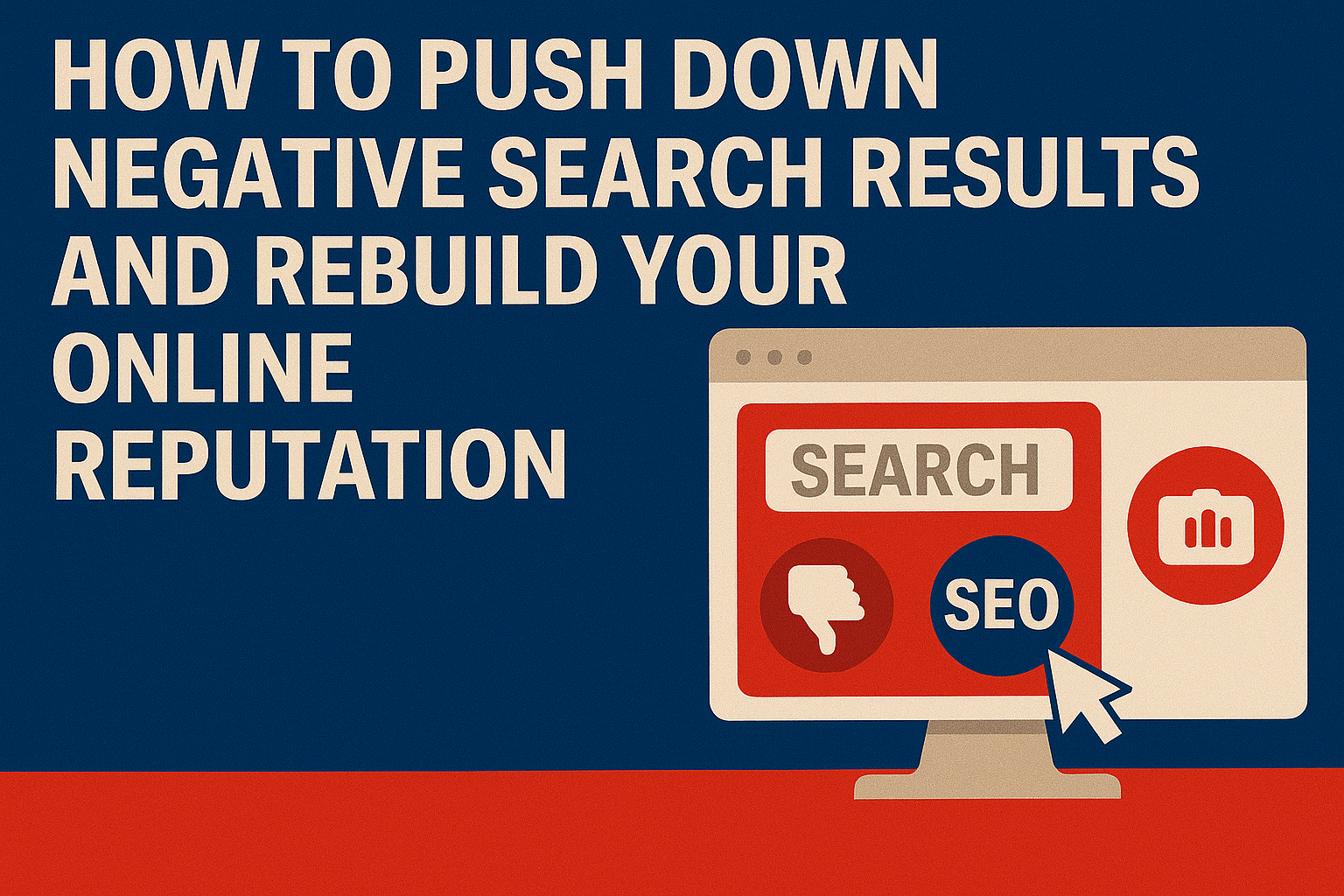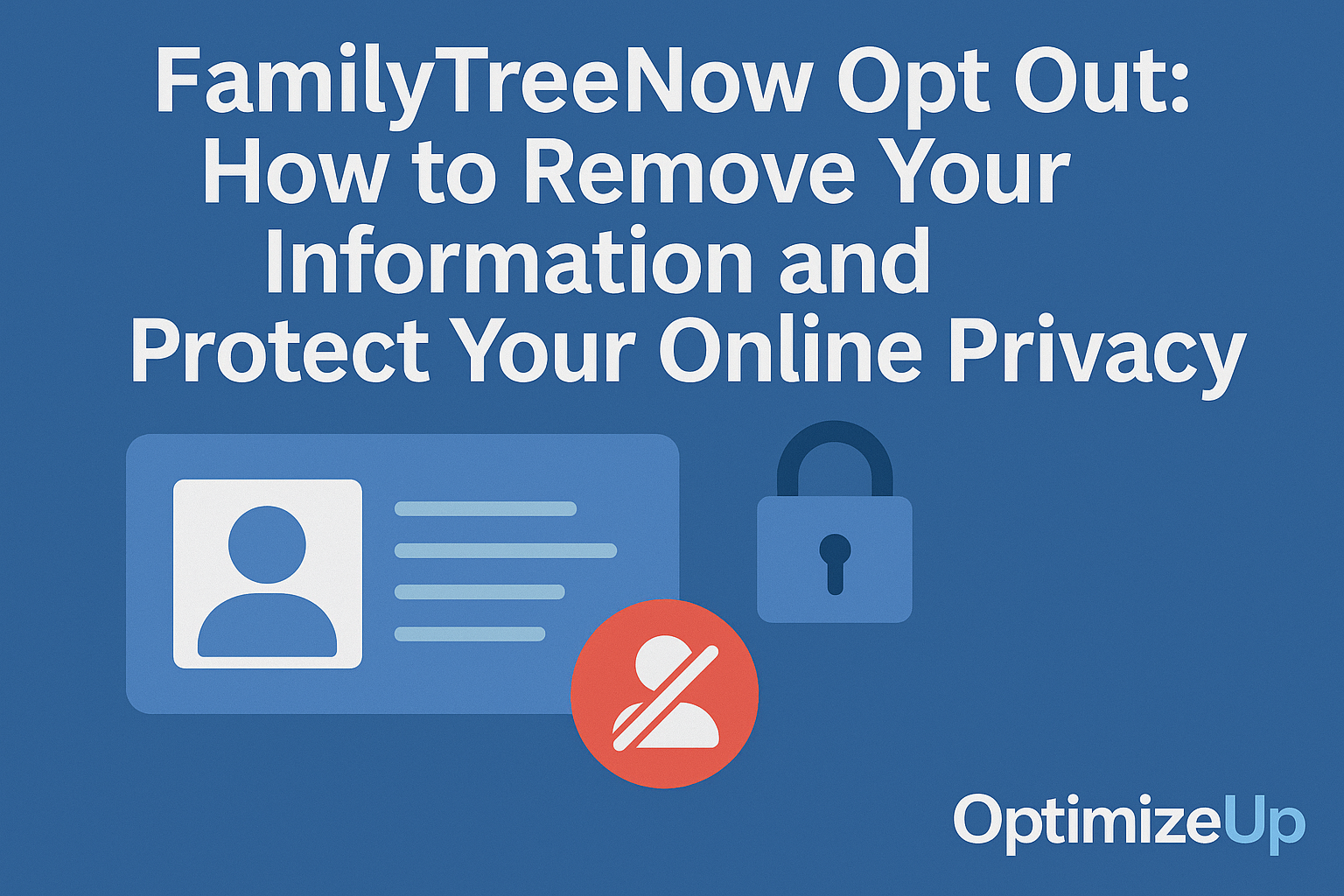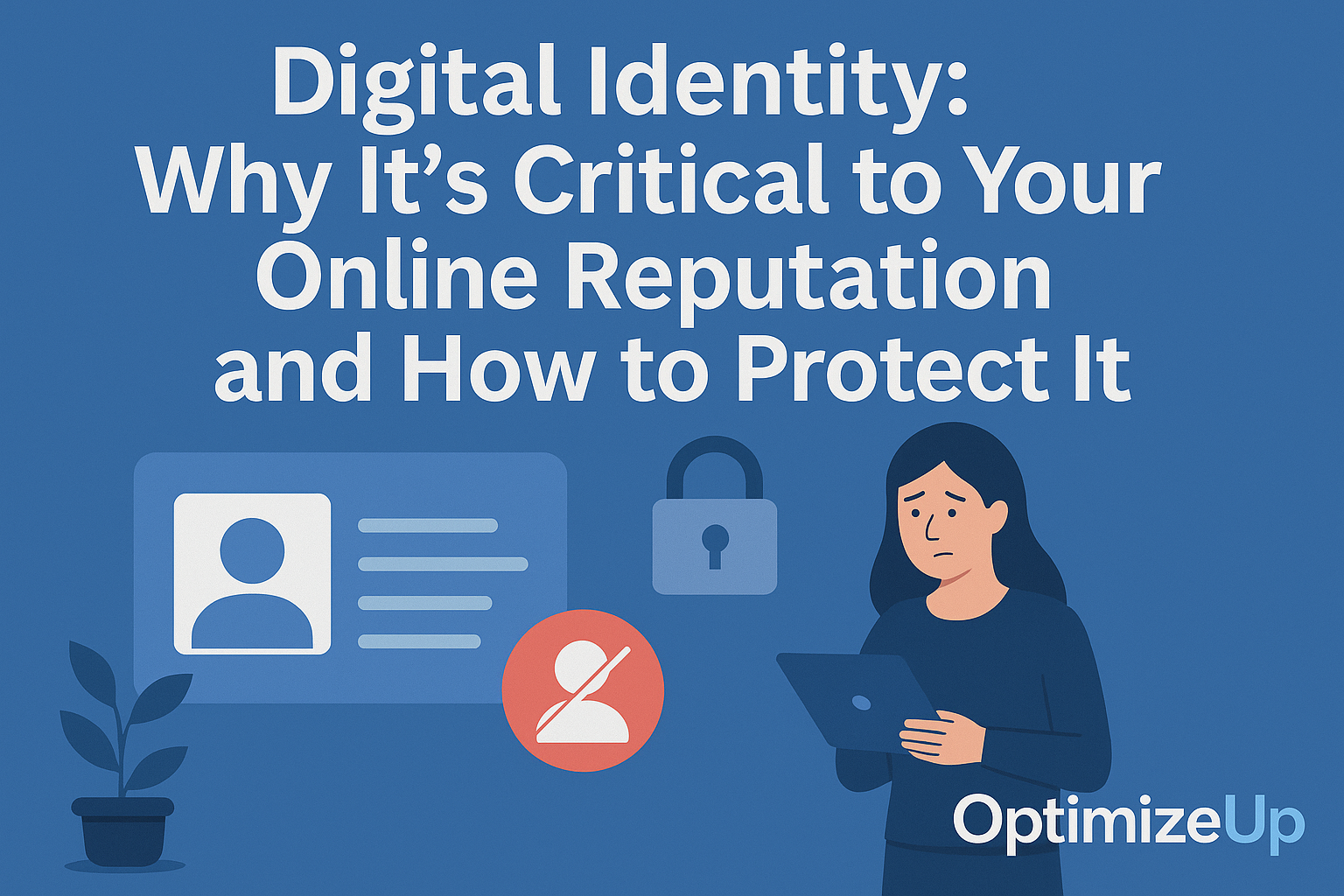Online search results matter. When someone types your name or your business into Google, what they see influences decisions, trust, and opportunities. One negative link—especially on page one—can damage your brand, deter clients, or ruin personal relationships.
Whether the content is outdated, false, or taken out of context, the key strategy is to push down negative search results using ethical, SEO-driven suppression techniques.
This in-depth guide breaks down how to bury bad search results and build a resilient online presence that ranks above the noise.
Why Negative Search Results Stick
Google ranks pages based on relevance, authority, engagement, and backlinks. Negative content, especially from news outlets, forums, or review platforms, tends to:
- Earn high domain authority (DA)
- Get backlinked and shared frequently
- Match query intent like “Is [Name] a scam?”
This stickiness means bad press can linger for years without intervention.
SEO Principles Behind Suppression
To outrank and suppress negative content, you must:
- Create new content that is highly relevant to your name or brand.
- Optimize content with on-page SEO best practices.
- Generate backlinks to build authority.
- Diversify with multimedia content like videos, profiles, and podcasts.
- Update content regularly to keep it fresh.
“The best defense is a strong offense—fill the web with positive, optimized content you control.” – Optimize Up
Step-by-Step: How to Push Down Negative Search Results
Step 1: Audit the Search Landscape
Use incognito mode and search for:
"Your Name"
"Your Name + scam"
"Your Name + reviews"
"Your Business + complaint"Take note of:
- Sites and platforms ranking negatively
- The search position of each link
- Keywords associated with bad content
Use tools like:
Step 2: Build a Content Firewall
Content is the strongest shield. Create 10–20 pages of unique, well-optimized content targeting your brand keywords.
Focus on:
- Long-form blog posts
- Personal or company bio pages
- High-authority profiles (LinkedIn, Crunchbase, Medium, etc.)
- Press releases
- Guest posts on reputable industry blogs
- Video content on YouTube with branded titles
Step 3: Control Your Online Profiles
High-authority profile sites often outrank small blogs or complaints. Set up or update:
- Twitter/X
- Facebook Page
- YouTube Channel
- Vimeo
- Quora
- Pinterest (for businesses)
- Crunchbase
- About.me
Optimize each profile with:
- Your full name or business name
- Consistent bios and branding
- Links back to your main site or pages
Step 4: Publish Optimized Blog Content
Create a blog (preferably on your domain). Focus on topics related to your name, expertise, or services.
Example Titles:
- “John D. Smith: 5 Lessons I’ve Learned in Real Estate”
- “Behind the Brand: How XYZ Company Is Making an Impact”
Use the targeted keywords in:
- Title tags
- Meta descriptions
- Headers (H1, H2)
- First 100 words
- Anchor text linking to other content
Step 5: Launch Branded Social Campaigns
Create and share positive updates with your name or business consistently.
- Use branded hashtags
- Share new blog posts
- Highlight media appearances or interviews
- Encourage followers to engage and share
Step 6: Leverage Multimedia SEO
Videos and podcasts are favored in Google’s blended search results.
Action Plan:
- Create a personal or brand intro video
- Upload to YouTube with the title: “[Your Name] – Official Introduction”
- Start a podcast or get featured on existing ones
Link all multimedia to your website or blog for SEO value.
Step 7: Earn High-Quality Backlinks
To outrank negative results, your content needs authority. Backlinks help Google trust and elevate your pages.
Get backlinks from:
- Guest posts
- Niche directories
- PR services (e.g., Cision)
- HARO (Help a Reporter Out)
- Press features
Avoid buying links. Instead, focus on relevant, editorial placements.
Step 8: Use Google’s Suppression Tools
While you can’t always remove content, Google offers:
- Remove outdated content tool
- Right to be Forgotten (for EU citizens)
- DMCA takedown for copyrighted or impersonation content
If content violates terms of service, file removal requests with platforms like:
- Yelp
- Ripoff Report
Step 9: Manage Third-Party Content
Engage with third-party publishers where the negative content resides.
- Request updates or removals for outdated or inaccurate content
- Offer to provide an updated quote or clarification
- Suggest alternate content to replace or dilute negative mentions
Building a rapport with journalists or editors can open opportunities for updates, corrections, or even new favorable coverage.
Step 10: Secure Branded SERP Features
SERP features like featured snippets, knowledge panels, and image packs can push organic results further down.
Ways to do this:
- Optimize for featured snippet answers using concise, bullet-point summaries
- Verify your Google Knowledge Panel via a Google account and structured data
- Upload relevant and branded images with file names and alt tags
Advanced Suppression Tactics
Interlinking Strategy
Link your positive pages together with keyword-rich anchor text.
<a href="https://www.yoursite.com/about">Learn more about John’s background</a>This strengthens the relevance and authority cluster for your name.
Schema Markup
Use Schema.org to enhance listings with:
- Person
- Organization
- Review
- Event
Schema can help boost click-through rates and visibility.
Local SEO
Claim and optimize your:
- Google Business Profile
- Yelp
- Bing Places
- Apple Maps
Encourage real customers to leave positive reviews.
Results Timeline
Reputation repair is not instant. Here’s a general timeline:
- 30–60 Days: Index new content, optimize profiles
- 3–6 Months: Push negative results off page one
- 6–12 Months: Build sustainable visibility and reputation
Consistency and patience are key.
How Optimize Up Can Help
Our expert team at Optimize Up helps:
- Audit your current search landscape
- Craft a tailored suppression strategy
- Create and publish SEO-optimized content
- Build real backlinks and online assets
- Monitor rankings and adjust as needed
Want your reputation back? Contact Optimize Up for a private consultation.
Frequently Asked Questions
Usually 3 to 6 months with consistent effort, depending on the domain authority of the negative content.
Only if they violate platform policies or legal boundaries. Otherwise, suppression is the best ethical approach.
Old negative results can resurface. Reputation management requires ongoing effort.
Yes. Google penalizes fake content and black-hat SEO. Only ethical strategies are sustainable.
Yes. We offer rapid response packages for individuals and brands in crisis.





